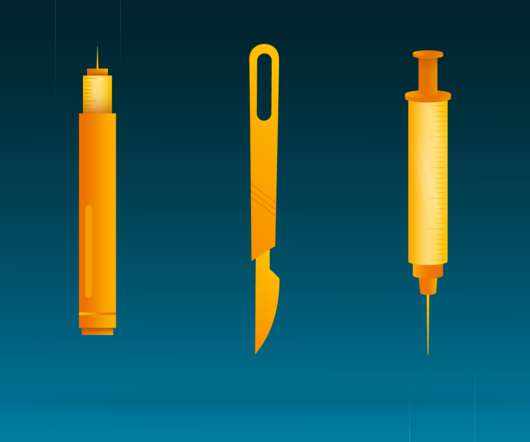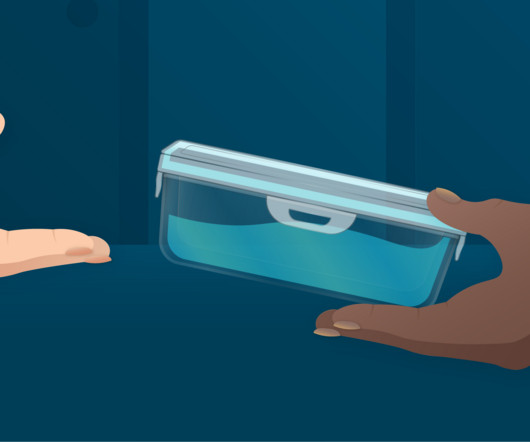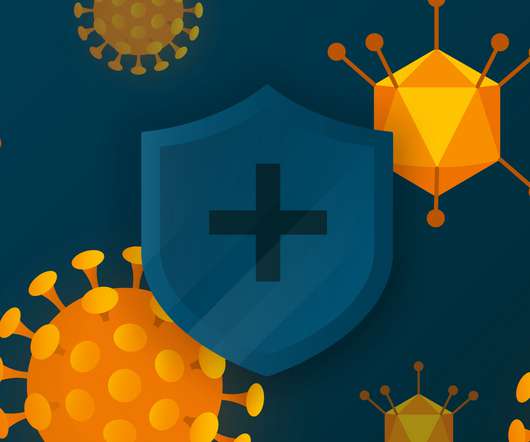Safe Sharps Handling When Dispensing Investigational Products
Advarra
AUGUST 31, 2022
However, when preparing an investigational product (IP) in a drug room or pharmacy, you need to recap the syringe and transport it to the clinic for injection. All potentially infectious sharps must be disposed of in a biohazard sharps container immediately after use without recapping. Needles must not be bent or sheared.












Let's personalize your content